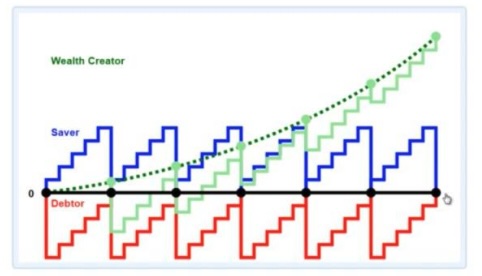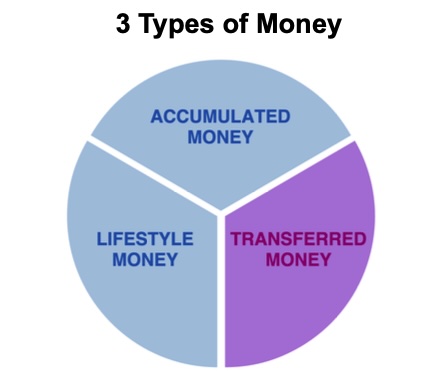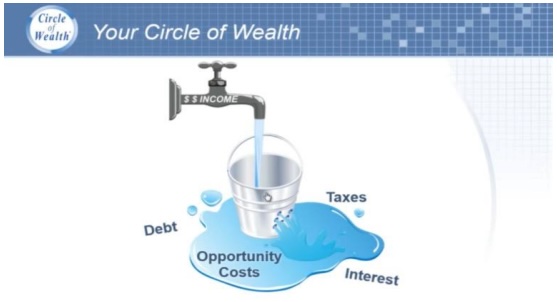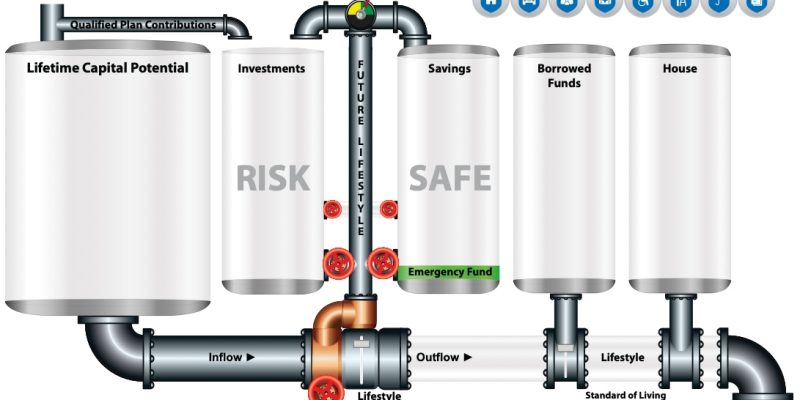Have you ever stopped long enough to notice how many tools we have to assist our road travel these days? From traditional traffic lights and road signs, to programmable electronic billboards, GPS, and a bevy of smart-phone apps for every conceivable situation one might encounter on the road. The sheer volume is staggering. We are better informed and more equipped for travel decisions than we have ever been before.
But what about financial signposts? How can we tell if we are doing the financial equivalent of driving the wrong way down a one way street? In a vehicle you’d find warnings from street signs, traffic flow, your GPS, smart-phone, and likely your passengers as well. But when it comes to financial decisions, we don’t typically enjoy the same amount of resources to inform us. Here are a few indicators that you may be travelling in the wrong direction with your finances.
Warning Signs:
– If you cannot tell how much you currently owe without having to look it up
– If you have rolled your credit card balance more than twice
– If you fund your vacation with money you will earn when you get back
– If you do not know how much you should be saving
– If you do not have 3 (preferably 6) months income in cash reserves
These are not condemnations, but rather they are things that should trigger some alarm bells for you that it’s time to address the way things are going. Just as if you were to turn the wrong way down a street, there are the indicators prompting you to take action before the situation deteriorates even further. To do something before it’s too late, and you are beyond the point at which actions can still affect the outcome. Remember that there is a difference between being on the road to financial ruin, and being financially ruined. There is a difference between turning the wrong way down a one way street, and continuing to travel in the same direction until you meet a collision that you may not be able to recover from. As an advisor, I have a responsibility to my clients to help you see the potential hazards down the road and make your financial trip a safe and enjoyable one. And while I’m not quite as ubiquitous as a GPS on your phone, financially speaking I might be the next best thing.












